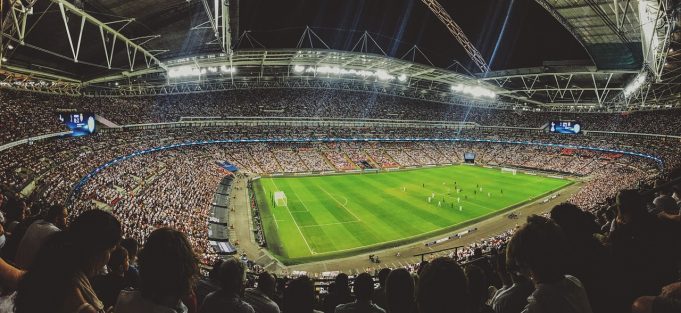Despite the recent success of teams like Liverpool in the Premier League, it has been reported that six English football clubs are struggling financially at the moment. While we often like to focus on the astronomical revenues some of the teams are making, we often forget that many markets have to deal with different economic realities, especially when it comes to demographic shifts that directly affects attendance and profitability. Let’s take a look at some of the distress these English clubs are experiencing, and what the future holds.
The Numbers
The Begbies Traynor distress report, which reports on the economic health of football clubs in the country, found that 8% of all clubs in league one and two and across the championship are experiencing some sort of financial issues. But one of the areas that are the most distressing is when it comes to late payments to players. What’s alarming is that this spike came after five years of improvement, which saw the rates of distressed clubs drop from 11% to 1% in the year 2018.
The Causes for that Spike
While there are many factors in and out of the clubs’ control for the recent increase of distressed clubs, overspending seems to be a common thread there. For instance, many of these seem to overlook some of their most important overheads, namely electricity.
Many observers have suggested that clubs should stop getting stuck with long term contracts with the same suppliers and consider striking better deals. Services like Utility Bidder allow clubs to find stadium energy deals and save on gas and electricity, as well as water and telecoms. This alone could allow some of these clubs to stay afloat without making any major changes.
Gerald Kreisner, former Leeds United chairman and partner at Begbies Traynor, stated that poor planning and excessive spending were two of the main reasons clubs in lower divisions seemed to be struggling, especially as the gap between the fortunes of the Premier League and lower divisions is becoming bigger and bigger.
Ticket Sales Stagnant
Stagnation in ticket sales is also an issue that seems to be affecting a lot of clubs, and it also affects the Premier League. Sales there were static at about 38,000 attendees per game, and there was a 1.5% slight drop when it came to the championship. However, division one teams had a spike in average attendance. As a matter of fact, they saw an 11.5 percent increase last season, with around 8,500 per game.
However, while there is a small chasm forming between top teams and those at the bottom, many seem to be rising in ranks, and many teams like Huddersfield Town, which manage to be successful while adopting a conservative approach, offer a glimmer of hope.
Conclusion
Clubs will have to reconsider their spending habits and take a close hard look at their models if they want to be successful from here on out. They’ll have to adopt a more frugal mindset and focus on good management and development instead of reckless spending.




